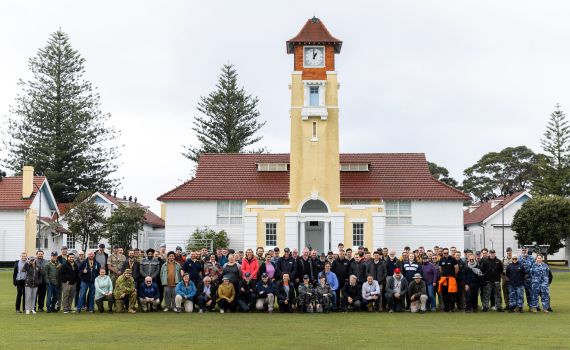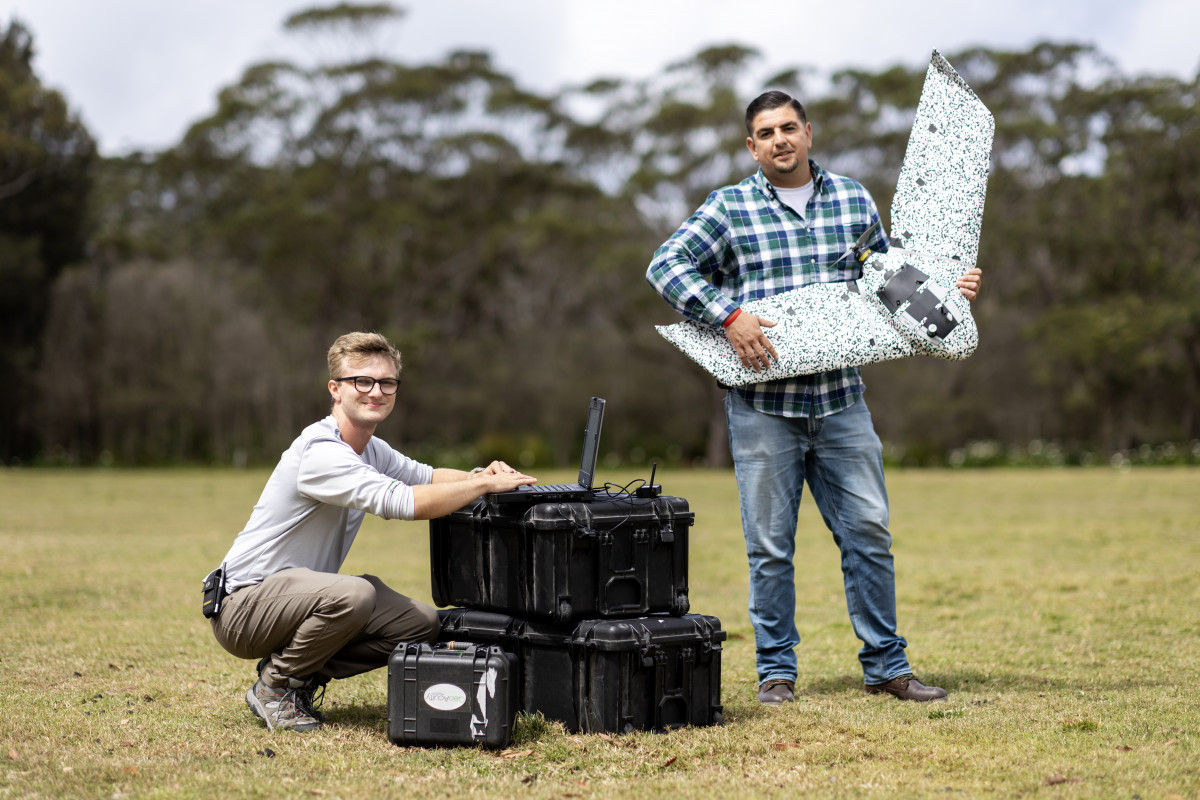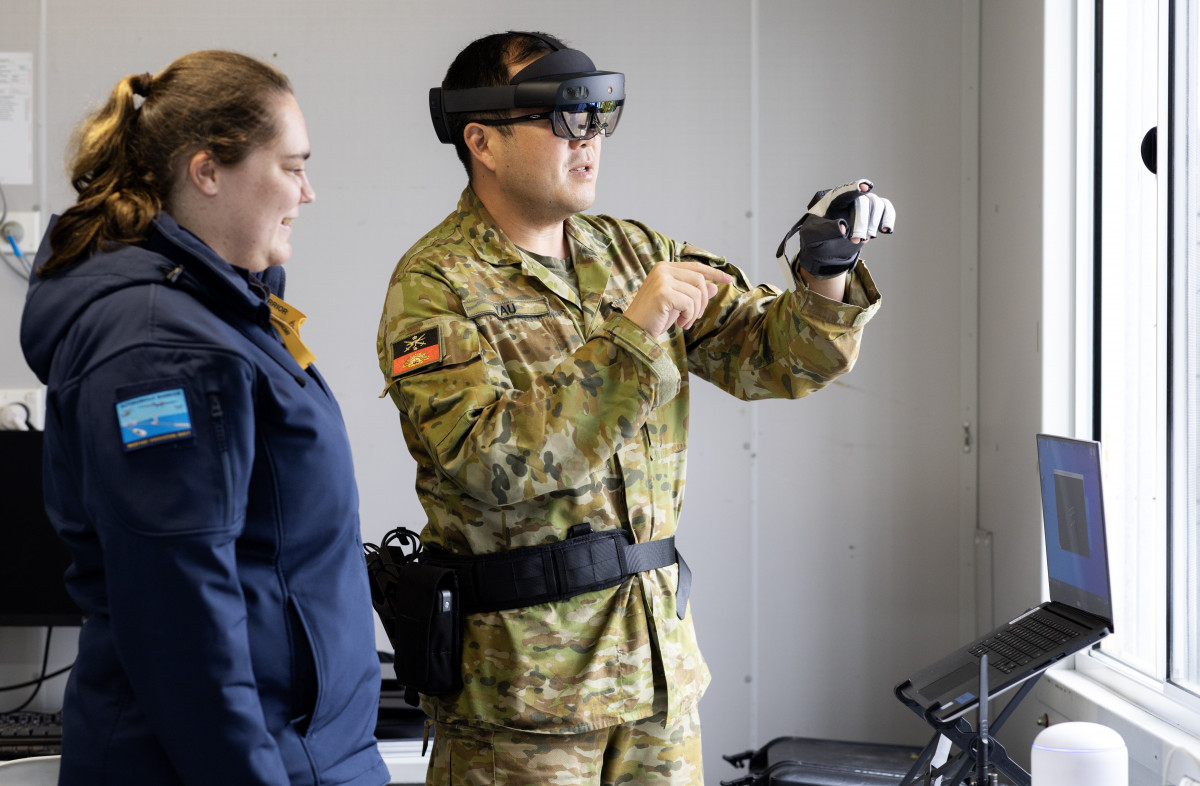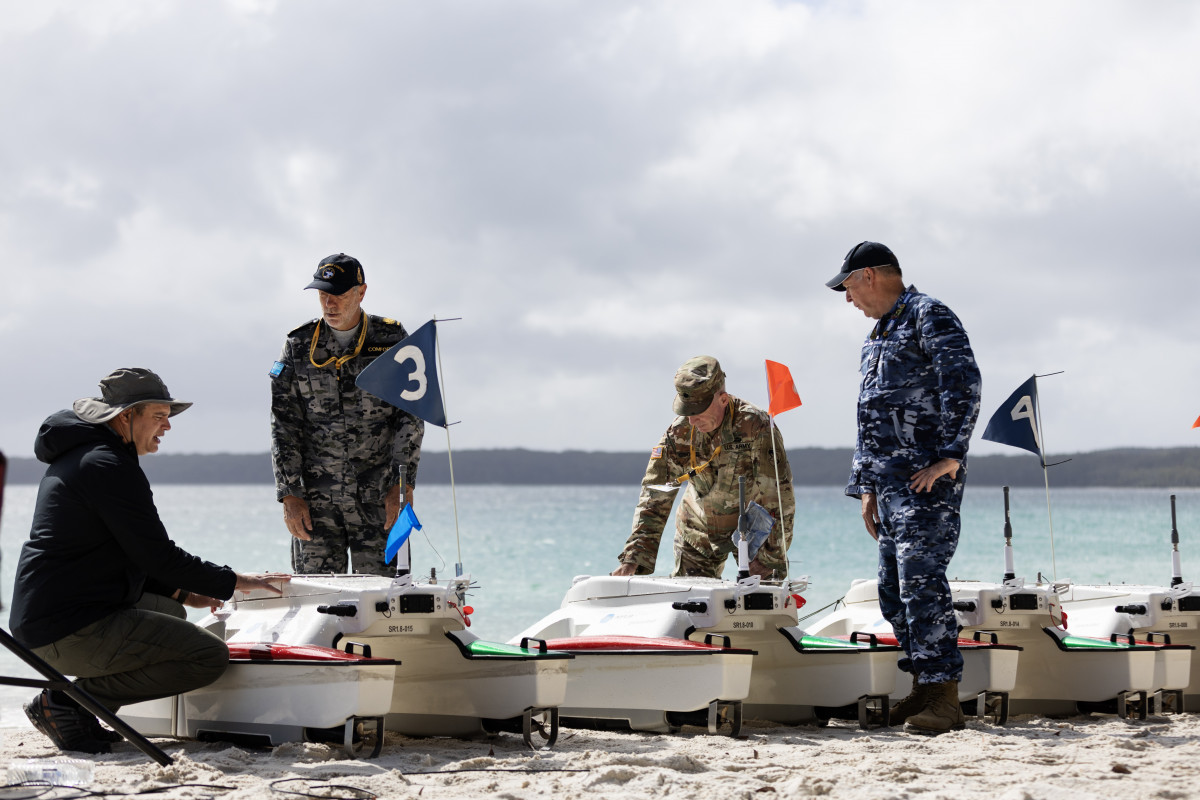AI technology rises to the challenge

Artificial Intelligence (AI) has the potential to deter, shape and change the character of warfare.
AI presents great potential in both the civilian and military domains. Within the Defence context, it allows machines to perform certain tasks that can free up personnel and reduce operator cognitive load, allowing Defence to focus the talents and experience of our people on the areas that matter most.
To assist in best positioning Australia for the rapid, safe and ethical adoption of trusted AI into military capability, the Defence Science and Technology Group (DSTG) recently hosted The Technical Cooperation Program (TTCP) AI Strategic Challenge (AISC) in Jervis Bay, Australia.
More than 150 Defence scientists from Australia, Canada, New Zealand, the United Kingdom and the United States participated in a program of live experiments and demonstrations – aimed at pushing the bounds of emerging AI technology.
Five broad experimental AI streams were featured throughout the challenge, designed to represent different missions and mission-systems.

This included AI applied to object detection and identification at the tactical edge, the cooperative employment of shared battlespace resources, supporting the situation awareness of dismounted soldiers, and adversarial AI.
The DSTG Director of Experimentation for the exercise, Chris Shanahan, said the challenge was more than simply a demonstration of different AI capabilities.
"The aim was to put AI solutions under stress in a representative operational environment and different mission scenarios to identify strengths and weaknesses in the technology, so that we can develop more resilient capabilities" he said.

Throughout the challenge, Dr Shanahan said there was a strong and continued focus on the responsible use of AI – and on the legal and ethical aspects of employing AI into the battlespace.
“There’s a strong push to develop a common understanding in relation to the ethical use of AI,” he said.
A range of Defence groups, including Navy, Army and Air Force, were involved in the challenge, bringing end users in contact with AI to help accelerate the transition of AI solutions into the hands of the warfighter.

The involvement of international partners was also key, as Australian scientists and ADF personnel were exposed to a broad and diverse program of research in AI – particularly from the UK and US.
“The international, collaborative nature of the challenge meant that we are able to leverage coalition capabilities to progress Australian goals,” Dr Shanahan said.
The challenge provided the opportunity for forward planning and future thinking – with AI likely to be inserted and adopted into a large range of mission systems across Defence in the future.
DSTG’s Program Leader of AI and Quantum Information Sciences, Associate Professor Robert Hunjet said that addressing the challenges of AI adoption is a key driver for AISC.
“We have scientists working together to develop cutting edge technology, but we must remember that these systems are being used by human operators. The tech must be reliable and trusted and comply with legal and ethical frameworks. The AISC brings together great minds from five nations to collectively look at issues such as performance under adversarial conditions, trust, and responsible AI to address these issues,” he said.
“AI is here now; it’s time to leverage its efficiencies and build cohesive human-machine teams.”
One of the key objectives at DSTG is to bring together interdisciplinary expertise from across Australia and around the world to address Defence and national security challenges. By partnering with the Australian science, technology and innovation eco-system, we deliver scientific advice and technology solutions that provide critical capability for Defence and the national security community. View all open opportunities.

